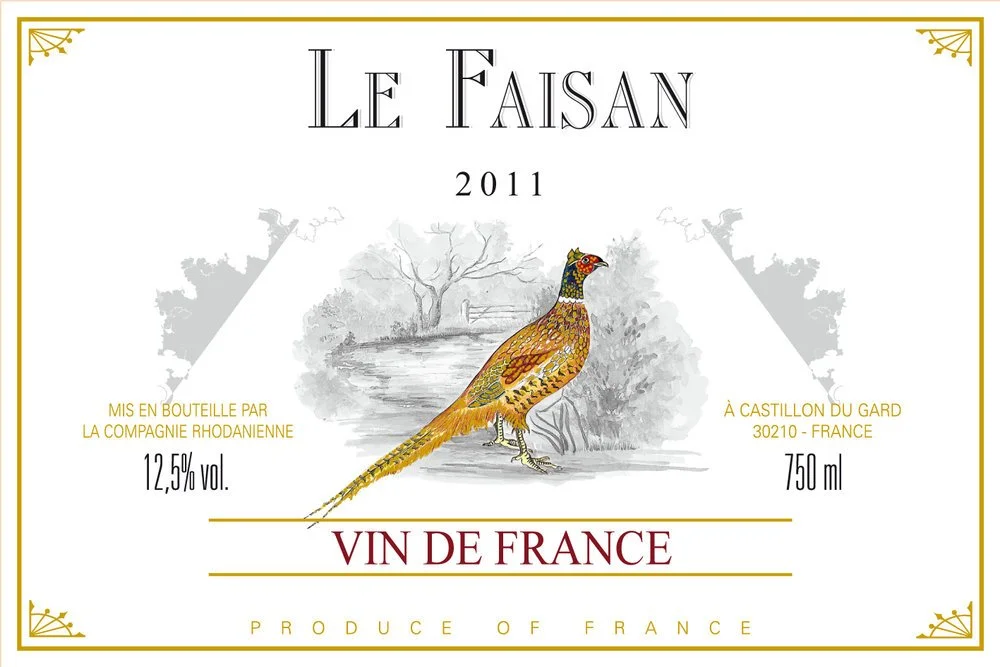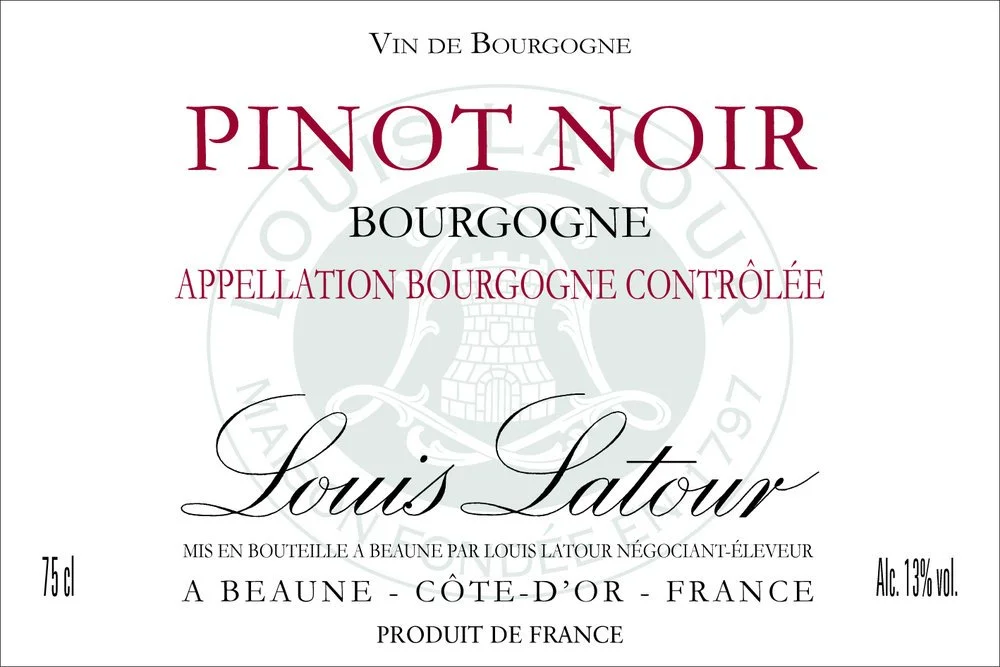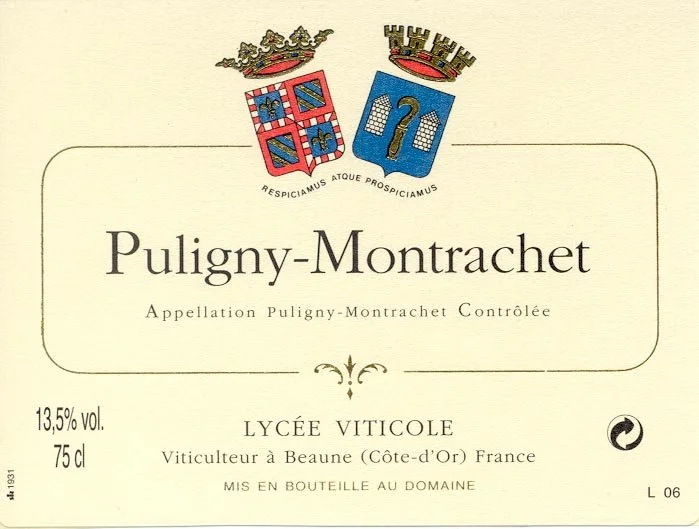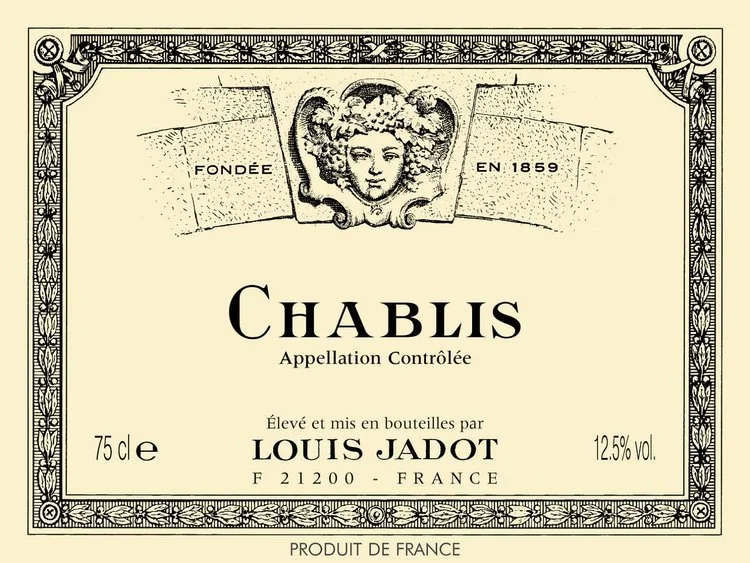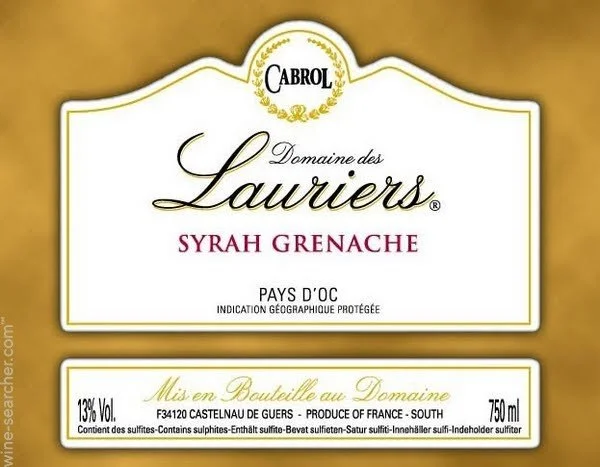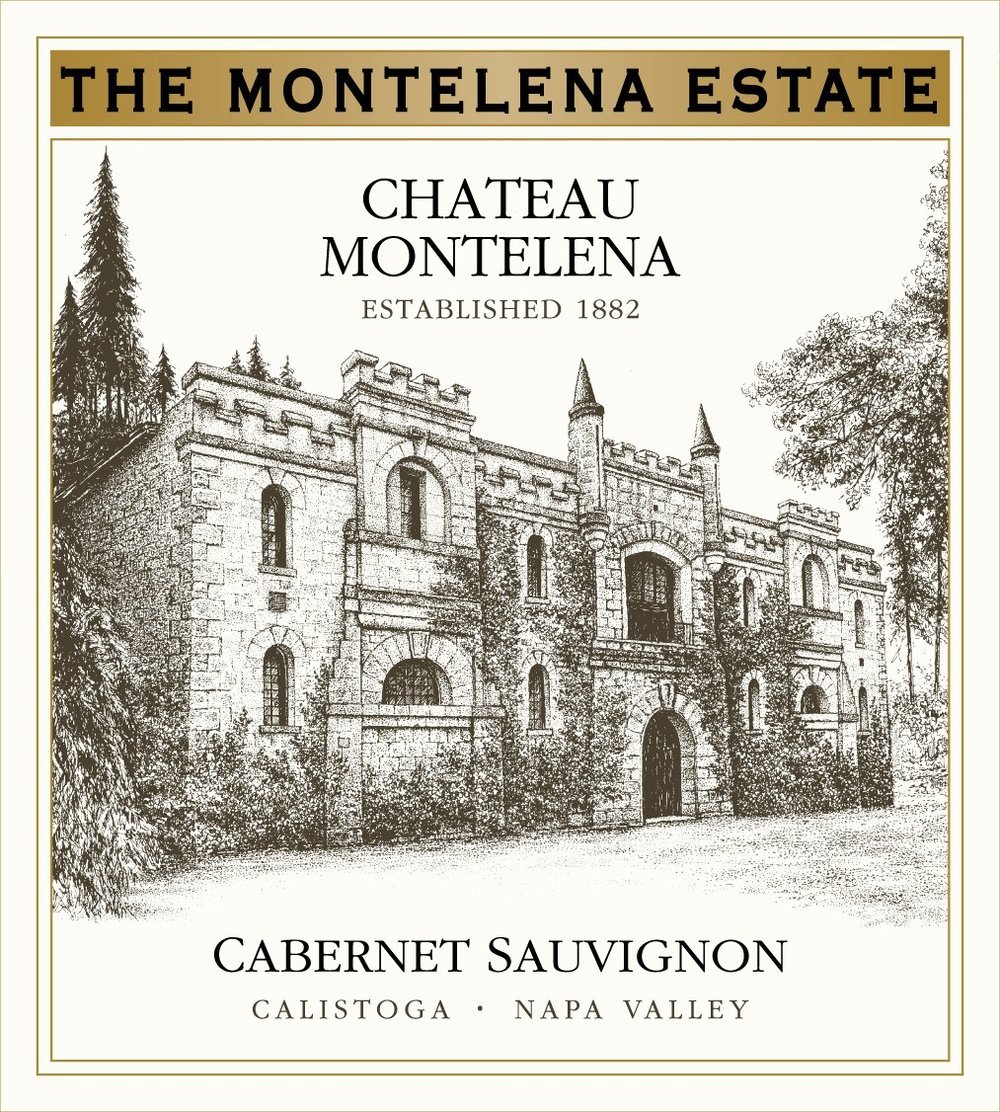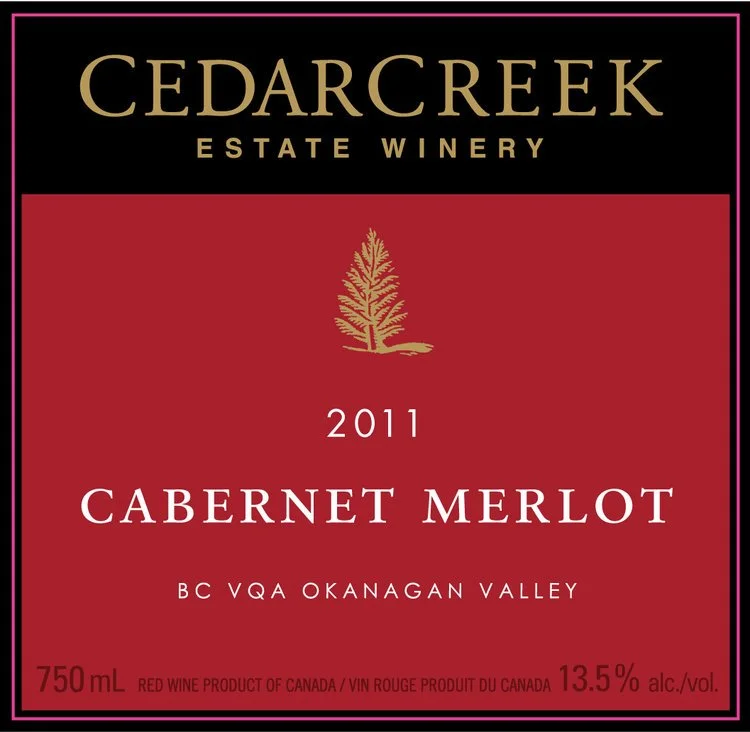
Looking Behind the Label
WSET Level 2 Award in Wines
Looking Behind the Label
Understanding what's written on the label takes you a long way to understanding what's inside the bottle.
Geographical Indications (GI)
Geographical Indications tell you where the wine is from.
There are currently 28 member states that make up the European Union and all of them produce wine to one extent or another. The European Union has developed a system of overarching laws and regulations to ensure consistency across member countries.
What's up with all the Acronyms?
PDO (Protected Designation of Origin)
PDOs are generally small, defined geographical areas that have tightly refined regulations with regard to permitted varietals, grape growing and winemaking. In theory, these regulations result in unique wines that can't be replicated anywhere else. According to the EU, wine must meet the following standards to be classified as a PDO:
PGI (Protected Geographic Indication)
PGIs are typically much broader in area and have fewer regulations than PDOs. As a result, producers have greater flexibility when choosing grape varietal, and winemaking methods. These wines can range from high-volume, inexpensive, acceptable quality wines to low-volume wines of outstanding quality that sell at a premium price.
Many member countries have their own set of regulations that work in parallel to the PDO system. Here are some important ones:
Traditional Terms for PDO Wines
France
AC or AOC - Appellation d'Origine Contrôlée
Italy
DOC - Denominazione di Origine Controlata
DOCG - Denominazione di Origine Controllata e Garantita
Spain
DO - Denominación de Origen Calificada
DOCa - Denominación de Origen Calificada
Germany
Qualitätswein
Prädikatswein
Some producers have chosen to use the PGI labeling. In France , for example, there are now 75 IGPs (French version of PGI), covering locations mostly in the south of France - the biggest one being IGP Pays d'Oc.
Traditional Terms for PGI Wines
France
VdP - Vin de Pays
IGP - Indication Géographique Protégée
Italy
IGT - Indicazione Geografica Tipica
Spain
VdlT - Vino de la Tierra
Germany
Landswein
This is an entry level PGI wine can come from as large an area as France. These wines are not considered to have a geographic origin because it's just not specific enough to tell a story.
Let’s take a look at some labels
Grapes can come from as large an area as France. These wines are not considered to have a geographic origin because it's just not specific enough to tell a story.
When we taste a wine from a region within a country, we can get a better sense of "place". Here is an example of a regional GI - Burgundy, or Bourgogne in French.
Within regions can be found smaller areas. They could be villages or a collection of villages. Below is an example of a village wine in Burgundy - Puligny Montrachet.
And we can drill down even further and get really specific as to where the grapes come from. The following label is of a wine that sources its grapes from a single vineyard - La Trufffière - in the specified village of Puligny Montrachet in the larger region of Burgundy.
Have you ever looked at a bottle of wine and had no idea what grape was used to make it? Wines like Barolo, Meursault, and Rioja are a few examples of "named wines". Named wines are very common in the Old World. There are very strict wine laws which specify which grape variety can be planted in a particular region. Of course, they have had hundreds of years of wine making experience to figure this out! As you continue your studies, you will learn the grapes that are grown in these named regions.
Varietal Labelling or Named Region?
If we don't know what grape is grown in Chablis, we wouldn't know that Chablis is made from 100% Chardonnay grapes.If we don't know what grape is grown in Chablis, we wouldn't know that Chablis is made from 100% Chardonnay grapes.
In the New World, labels focus on varietal as the wine laws are not as restrictive as those in the Old World. Labels are much easier for the consumer to decipher since they don't have to learn all the grapes of the named wines.
It's clear from this label that the wine is made from Chardonnay.
There are some European wines that are permitted to label their wines varietally. These are the PGI (IGP in French). The labelling regulations are less restrictive than those for PDO wines which don't permit varietal labelling.
Single Varietal vs. Blends
A single varietal wine is just that - one grape. It could be Chardonnay, Pinot Noir, or Cabernet Sauvignon for example. As only one grape is used, only one grape is listed on the label.
Sometimes several different grapes are blended together to make a wine. In this case, each variety is listed on the label in descending order of percentage.
Vintage The year the grapes are harvested
Alcohol Percentage of alcohol in the wine expressed as alcohol by volume (abv).
Volume Amount of the wine in the bottle. A standard bottle is 750 ml but there are other sized bottles as well.
Unoaked Indicates that no oak was used in the production of the wine
Vieilles Vignes/ Old Vines Indicates quality as older vines generally produce a better quality grape.

